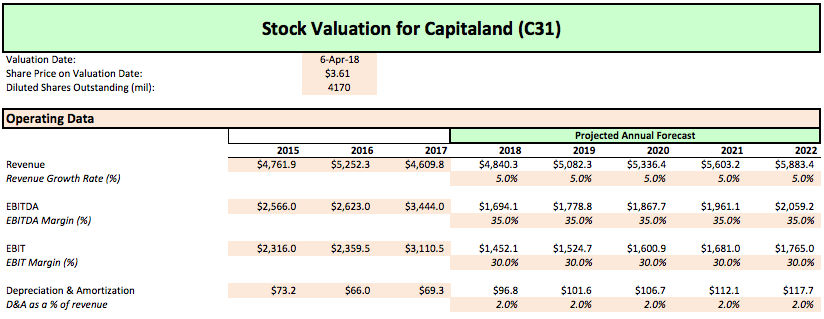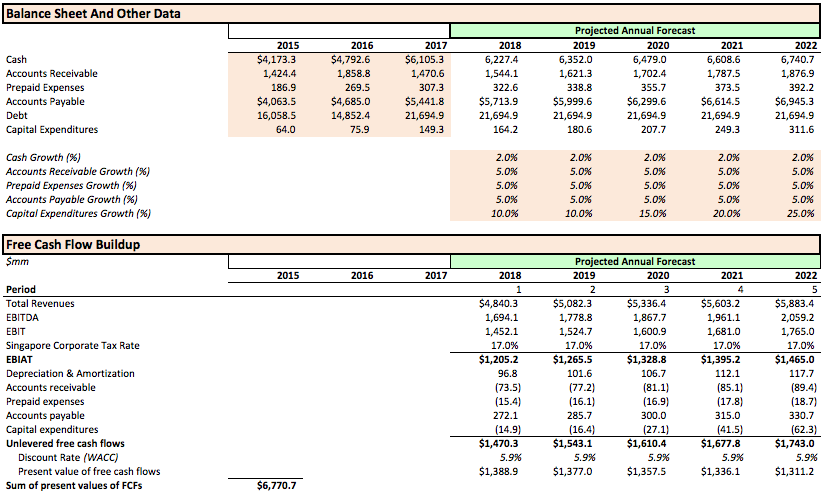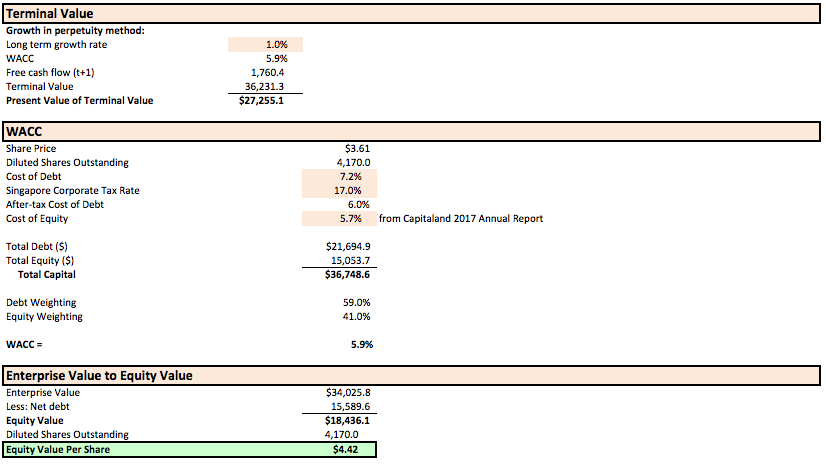Introduction
I first started reading “The Republic” and other Plato’s dialogues when I was a teenager. The edition I read was the “Great Dialogues of Plato”, translated by W.H.D. Rouse. The moment I picked up the thick and wordy book, I was hooked. I remember carrying the book with me everywhere I went, and I read it from cover to cover. Some of my friends were amused that I was so interested in such a “geeky and boring” book, but I didn’t really care. I was intrigued by Plato’s thinking and philosophy, and it opened up a whole new world for me. I started looking at morals and values from an entirely different perspective. It changed my life.
One of the most useful parts in the Republic for me was the concept of education. I am a more successful and fulfilled person today because I have followed the broad principles of the Republic’s education model, and I want to share my knowledge with you.
Therefore, the purpose of this article is to provide a summary of education in the Republic, and show you how you can apply this ancient wisdom to improve your life. First, I will start with a short introduction of Plato and the Republic for those of you who are unfamiliar with ancient Western philosophy. Next, I will give a brief summary of education in the Republic. Finally, I will show you how you can use the Republic’s education model to immensely improve your life.
Who is Plato?
Let’s talk a little about this great figure. Plato was an ancient Greek philosopher who was born in 427 BC. He was only 28 when his beloved teacher Socrates was sentenced to death by the Athenian government. Saddened by this event, Plato never participated in Athenian politics again. He left Athens and traveled extensively for twelve years to learn the philosophy and science of his times. Upon his return to Athens, he founded the “Academy”, the first ever University in human history. It was also during this period that he wrote the Republic. It has been said that all universities today are directly descended from the Academy. One of his students was the great philosopher Aristotle.
Plato is famous for his philosophical dialogues, commonly known as “Dialogues of Plato”. His characters in the dialogues debate with each other over various topics and issues, with the aim of gaining philosophical insights. Plato’s dialogues are considered to be one of the greatest works of philosophy ever written and they laid the foundation of Western philosophy. Indeed, it has been said that “All Western philosophy consists of footnotes to Plato”.
What is the Republic?
The Republic is a dialogue written by Plato in around 380 BC, after his return to Athens. It aims to discover the definition of justice through conceiving the ideal city (Plato termed this the “Kallipolis”, which is Greek for “beautiful city”) and the ideal individual. The idea is that once you have the ideal city/individual, you would then be able to discover the true meaning of justice within these ideal entities. The dialogues take place between Socrates and various other characters in the span of a single day, and their intellectual debates eventually lead the reader towards the true meaning of Justice.
Summary of Education in the Republic
“To get a good idea of public education, read Plato’s Republic. It is not a political treatise, as those who merely judge books by their title think, but it is the finest, most beautiful work on education ever written.” – Jean-Jacques Rousseau
To conceive the ideal city and individual, we would need to have the ideal education. The four aspects of education in the Republic are Music, Gymnastics, Mathematics and Dialectics.
There are three key components in our soul: the appetitive, the spirited, and the rational. The appetitive part of the soul desires pleasure (lust, greed, materialistic desires), the spirited part is aggressive and seeks honor, while the rational part is concerned with acquiring wisdom and knowledge.
Plato’s education of music, gymnastics, mathematics and dialectics in the Republic helps to ensure that these three components of the soul are in harmony with each other. If the appetitive component is too strong, we would have an unhealthy soul with too much greed and lust. If we were too spirited, we would become overly aggressive. Finally, if we were too concerned with gaining wisdom at the expense of developing other parts of our soul, we would not be well-balanced individuals (or as known in modern times, nerds). Therefore, having a proper education is important to keep these three components balanced.
When I first read the Republic as a teenager, I was intrigued by the ideal education outlined in the dialogue. I became deeply passionate about personal growth and improvement. Like Jean-Jacques Rousseau, I found the Republic to be one of the best and most beautiful works on education ever written. It has changed my life ever since. I became more serious about music, fitness, my college education, and reading good books. I strived to apply the broad principles of the Republic’s education in my life, and I aspired to become a well-rounded individual with the three components of appetite, spirit and rational in proper equilibrium. In the below section, I will explain each aspect of music, gymnastics, mathematics and dialectics, and show you how you can apply the Republic’s ancient knowledge to improve your life.
Music
“Music” in the Republic refers to both literary education and conventional music/melody. For literary education, children should be told stories and tales that exemplify courage, temperance, and justice. These stories would help to carve a proper moral nature from young. The stories should not reward unjust actions or encourage improper behavior. For example, the story of Achilles lamenting the loss of Patroclus in Homer’s “The Iliad” should be excluded from all tales as it shows overly excessive emotion. In this epic poem, Achilles displays an extreme outpouring of grief when his cousin Patroclus is killed in the Trojan War. This is a quote from the Republic: “…Achilles, who is the son of a goddess, first lying on his side, then on his back, and then on his face; then starting up and sailing in a frenzy along the shores of the barren sea; now taking the sooty ashes in both his hands and pouring them over his head, or weeping and wailing…rolling in the dirt, calling each man loudly by his name…” (you get the idea)
For conventional melody and song, the Republic advocates that we should only listen to sober music that expresses courage and temperance. Therefore, music should only be composed in two harmonies: the “Dorian” and the “Phrygian”. According to Plato, these two harmonies would imitate “the note or accent note or accent which a brave man utters in warlike action and in stern resolve”. Similarly, the rhythms in music should also be “good rhythms” that represent the aforementioned qualities of courage and temperance.
How Music Can Improve Your Life
At first glance, the Republic’s musical education may seem a little strange (ok maybe absurd) to some people. For example, why should we only listen to music in two harmonies? That would exclude 90% of all classical and contemporary music we have today. Restricting the rhythms of music would further limit our choices.
However, it is not necessary to follow the Republic’s musical education to a tee. We would be best served by following its broad principles. This applies to the other aspects of gymnastics, mathematics and dialectics too. So how do you apply the broad principles of the Republic’s musical education to improve your life?
With regards to literary education, we should follow Plato’s advice and read books that imbue us with good values and morals. By indulging in good books and knowledge, we enrich ourselves and engage in self-growth. When I read a good book (non-fiction or fiction), it brings me to a different place intellectually and opens up my mind to look at the world from new perspectives. I recommend reading (at the very least) one book a month. A good place to start would be Susan Bauer’s “The Well-Educated Mind: A Guide to the Classical Education You Never Had”. This is a well-written book with concise and clear explanations/histories of five literary genres (fiction, autobiography, history, drama, poetry) along with annotated lists of recommended readings. The books that Bauer recommend are definitive classics and you will not go wrong with them.
As for music, I’m sure you enjoy listening to songs as a form of relaxation and enjoyment. Therefore, you should never stop seeking good music. Music enriches your soul and life. There is always time to listen to music, whether it’s when you are surfing the net, on the way to work, or when you are in the kitchen preparing food. Personally, I enjoy listening to both classical (Bach, Tchaikovsky, Schubert are some of my favorites) and contemporary music (John Mayer, Dream Theater, The Beatles, Bob Dylan, Jimi Hendrix, to name a few). However, this is a matter of personal preference, and I’m sure your musical tastes will be different from mine. If you are interested, it is good to pick up a musical instrument too. Personally, I play the guitar and it is a deep source of enjoyment for me. Learning to play an instrument teaches you the value of discipline, time management and diligence. In short, being passionate about music enriches your soul and makes your life more fulfilling.
Gymnastics
Gymnastics in the Republic refers to physical training of the body. There is also a brief note on the ideal diet. For physical training, the training regime should be simple and functional. It should not be over-complicated to the point whereby if one deviates from the usual routine, he would fall ill easily. That would be counter-productive. Instead, the training should be simple and straightforward. The main goal is to increase functional strength and create a healthy body.
As for diet, one should not indulge in lavish feasts and copious amounts of food. Instead, the ideal diet should consist of simple and healthy fare, taken in moderation.
Contrary to common interpretations, musical education is not solely for the soul nor gymnastics solely for the body. Instead, both types of education aim to improve the soul. Too much physical training causes one to become overly aggressive, while too much music and literary causes one to become overly soft. Hence, a good balance of music and gymnastics would engender a nice harmony in the soul and prevent one from being too effeminate or too savage.
How Gymnastics Can Improve Your Life
I’m sure you are already aware of the many benefits of exercise. Cardio training is good for your heart and general health. Resistance training increases strength, improves posture, and helps you maintain a youthful and attractive physique. Exercising also helps to relieve stress and makes you happier by releasing the “happy hormones” endorphins into to your body. As for diet, it is important to eat simple and healthy food. This means eating more vegetables and unprocessed food (brown rice, whole-grain food), and avoiding fried food and trans fat (no fast food please!).
Working out has improved my confidence and health immensely. I have put on about 30lbs of muscle mass since I started lifting weights. I look better physically and my clothes fit better. Recently, I went for a health checkup and all my indicators were well within the healthy levels. After looking through my results, my doctor simply shrugged his shoulders and said to me with a smile: “Well there’s nothing much for me to say except to keep up the good work!”.
Personally, I agree with the Republic’s philosophy that exercise should be simple. I have been working out for about ten years and have gone through countless resources on fitness and strength-training. After a decade of hard work, I have grown to realize that working out should be easy. At the end of the day, working out is simply about having a straightforward workout routine and a healthy diet. Most of the complicated and expensive training programs in the market are just fads with the sole aim of making profits and do not provide real benefits.
A good place to start would be www.EvansWorkout.com. At EvansWorkout, similar to the Republic, we believe that working out should be easy. The site provides tons of simple workout information gleaned from countless resources that will teach you how to exercise and eat the correct way.
Mathematics
In book seven of the Republic, Plato talks about mathematics and dialectics. “Mathematics” refers to four branches of study: Mathematics, Plane Geometry, Solid Geometry and Astronomy.
Earlier on, Plato had explained the roles of Music and Gymnastics in education. However, even though these two aspects are useful, they do not teach you about knowledge and wisdom. Instead, they only help to create a harmonious soul (one that is neither too effeminate nor too savage) through the influence of habits. In the context of my examples, they simply assist to inculcate good values and habits such as reading, listening to music, exercising, and having a proper diet.
Therefore, one would need an advanced education in mathematics to achieve true wisdom. One should first study mathematics, followed by plane geometry, solid geometry and astronomy (study in the motion of celestial objects) respectively. Studying these disciplines seriously will lead one towards the ultimate truth and wisdom. This is because music and gymnastics are mainly concerned with visible and tangible things such as health and literary education, while mathematics deals with problems that can only be solved through intellectual deduction. Therefore, since the ultimate truth can only be attained through pure reasoning, mathematics helps to develop our mind so that it will be robust enough to achieve pure wisdom and knowledge.
How Mathematics Can Improve Your Life
The influence of the Republic’s “mathematical education” can definitely be seen in our education system today. From young, we are taught basic arithmetic, before progressing on to algebra and geometry in the latter stages of our education. Those who are interested can opt to get a college degree in mathematics, but at the very least we are all subjected to a compulsory education in the foundation of mathematics at a young age.
Personally, I feel that the basic mathematical foundation we get as teenagers suffices in our quest to become a well-educated and well-rounded individual. I do not really think it is necessary to get the in-depth mathematical education described in the Republic.
That said, if you happen to be specializing in some mathematical-related field, it is definitely beneficial for your mind. For example, I have friends who are physicists and engineers by training, and you can tell that they are able to analyze things in a quick and logical manner.
Personally, my “mathematical education” comes from Microsoft Excel VBA Programming. According to Steve Jobs, “everyone should learn how to program a computer, because it teaches you how to think”. There is certainly truth in this statement. I only got into programming when I started my corporate job. Prior to that, I had never done any form of programming before. Once I started learning VBA, I realized that I had to think hard about how to write the codes in a proper and logical way. If I did not do so, there would be errors and the program would not run or crash halfway while running. Hence, programming trains my mind by forcing me to think logically. As Steve Jobs puts it, it “teaches me how to think”.
Dialectics
Dialectic, the final aspect of the Republic’s education, is the culmination of the first three components of education. In the dialogue, Socrates states that everything that has been discussed thus far is simply a “preclude” to the ultimate education: dialectics. The first three aspects of music, gymnastics and mathematics simply ensure that the student is ready to engage in dialectics training.
We can only achieve absolute wisdom and truth through dialectics. This is because music and gymnastics only deal with visible and tangible things such as health and literary education, while mathematics is basically a tool to train and develop the mind. However, dialectics is the ultimate discipline that will lead us towards pure truth and wisdom.
Dialectics (known as the Socratic method in modern times) involves the asking and answering of philosophical questions between individuals. Individuals engage in debates with each other as a way of gaining philosophical insights. If the individuals have been properly educated, these insights will be the pure truths. On the other hand, if they were not well-trained in the first three aspects, they would not be able to gain such insights. For example, if an individual were not good in mathematics, how would he be able to derive the true laws of physics through dialectics?
How Dialectics Can Improve Your Life
Similar to Plato, I believe that it is important to have a good foundation in music, gymnastics and mathematics so that we can engage in dialectics effectively. “Music” helps you attain general knowledge, “gymnastics” improves your health and confidence, and “mathematics” trains you to have a sharp mind. Being a well-rounded individual, you would then be able to engage in fun and intellectual conversations with your friends (and have a higher chance of winning the argument!).
For me, I enjoy debating with my friends about various issues while chilling out at a pub over some nice cold beer. Obviously, these issues are not restricted to philosophical topics but also include politics, books, finance, and other random issues that interest us. These debates improve my understanding of the issues because I am forced to think about them on a deeper level in the debates, and very often I gain new perspectives and insights after the friendly arguments.
When I read, I try to engage in “conversations” with the book. I do not accept the book’s contents blindly, but instead I read critically and always try to analyze if the author is making a wrong statement or judgment. After I finish reading a book, I will normally write a short summary to organize my thoughts and improve my understanding of its contents. When I meet up with my friends, I will bring up some of the interesting points in the book to initiate a intellectual conversation or debate.
Conclusion
When you first read the Republic, some of the ideas in the book may seem strange or even absurd. For example, Plato states that children in the Kallipolis must be separated from their parents at birth to be raised in common nurseries, that mating can only take place at “mating festivals” once a year, and that soldiers can “kiss” anyone they desire in their hometown when they are at war, etc. I shall not discuss about the validity of these ideas because that would be beyond the scope of this article. However, even the Republic’s most ardent critics will have to admit that it is one of the greatest work of philosophy ever written. One cannot deny that Plato’s Republic laid the foundation for much of Western philosophy and politics. The fact that we are still reading and contemplating the book’s ideas more than two thousand years after it was written is testament to its timeless value.
I strongly encourage you to read the entire dialogue from start to end. It is impossible to gain a meaningful understanding of the Republic if you only rely on summaries and notes. I have read the Republic multiple times and I still gain new insights each time. You can purchase the edition I read here.
I sincerely hope you will apply the principles of Plato’s ideal education to improve your life. Thanks for reading!




